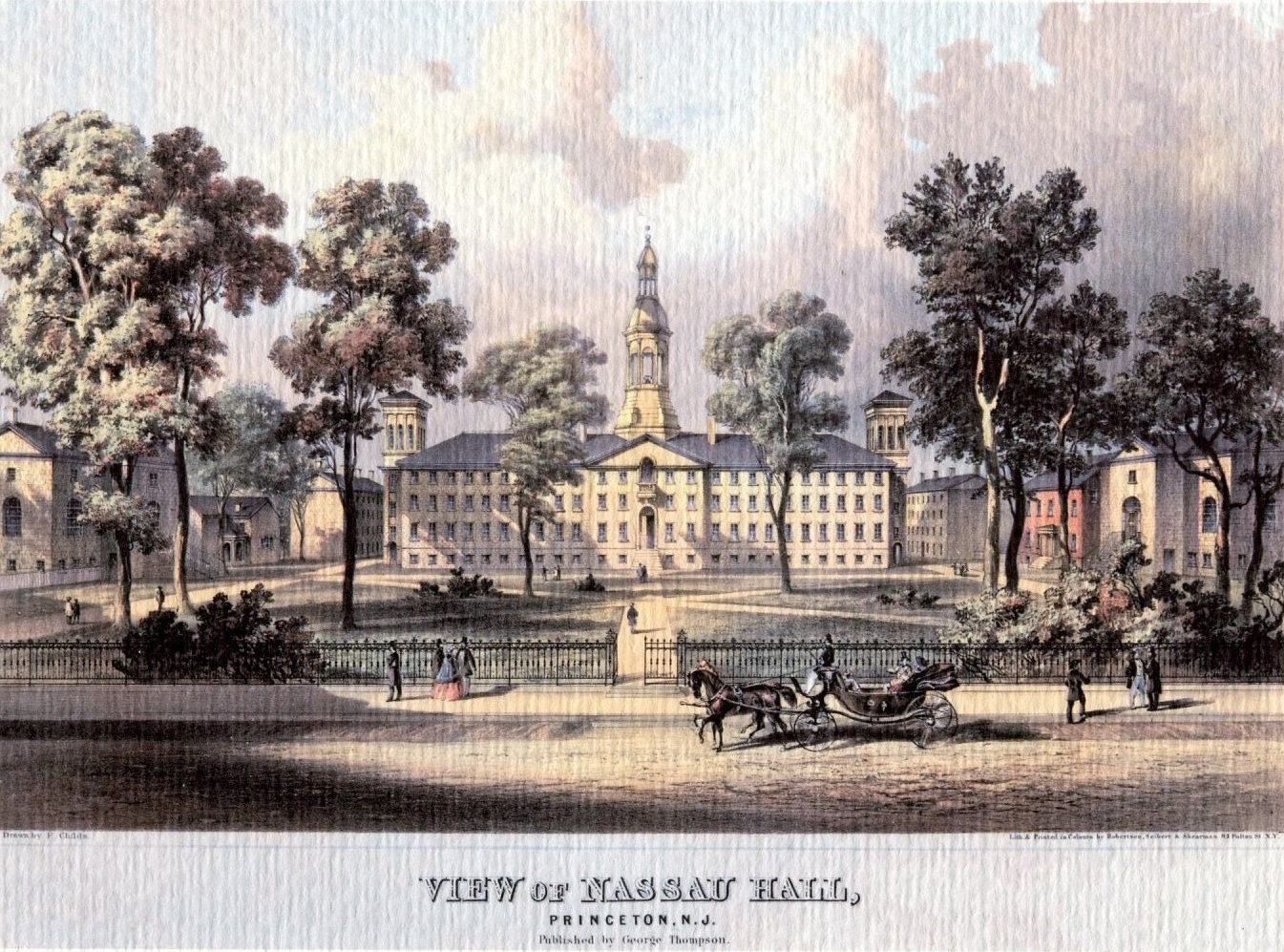by April C. Armstrong *14
In this week’s installment in our recurring series, a decline in the availability of paper will not result in fewer new books arriving in town, Princeton is “flourishing” with 150 undergraduates, and more.
July 29, 1932—Ormsbee W. Robinson ’32 has reported his experiences living as a “bum” in New York to the Joint Committee on Unemployment of New York State. After two nights of sleeping on the streets, Robinson says that it is not difficult to find food, police are kind to the homeless, and shelters are in good condition.
July 30, 1943—Although publishers will begin making pages thinner and eliminate unnecessary illustrations, locals should still expect the same number of new books to arrive in town despite wartime regulations on the use of paper.
August 1, 1834—American Quarterly Register reports, Princeton
is now considered to be in a very flourishing condition. The number of undergraduates, is about 150. The faculty consists of a president, seven professors, and three tutors. Provision is made for imparting instruction in the Greek, Latin, French, German, Italian, Spanish, and English languages; in mathematics, natural philosophy, chemistry, natural history, belles lettres, mental and moral philosophy, logic, political economy, natural and revealed religion, anatomy, physiology, &c. The libraries of the college and of the literary societies connected with it, contain 12,000 volumes.

August 3, 1878—The cellar has been dug for Murray Hall.
For the previous installment in this series, click here.
Fact check: We always strive for accuracy, but if you believe you see an error, please contact us.


One response to “This Week in Princeton History for July 29-August 4”
[…] For the previous installment in this series, click here. […]